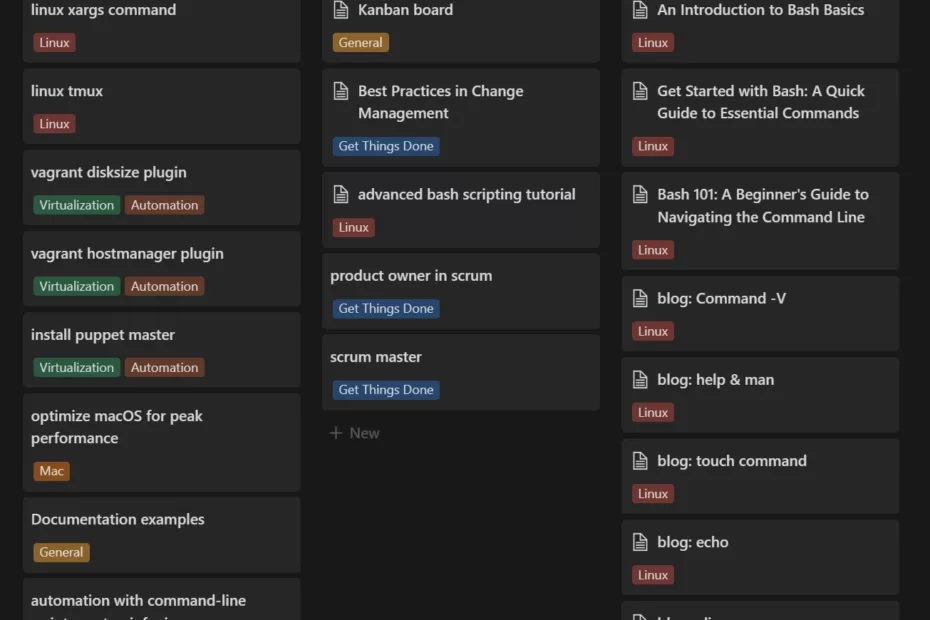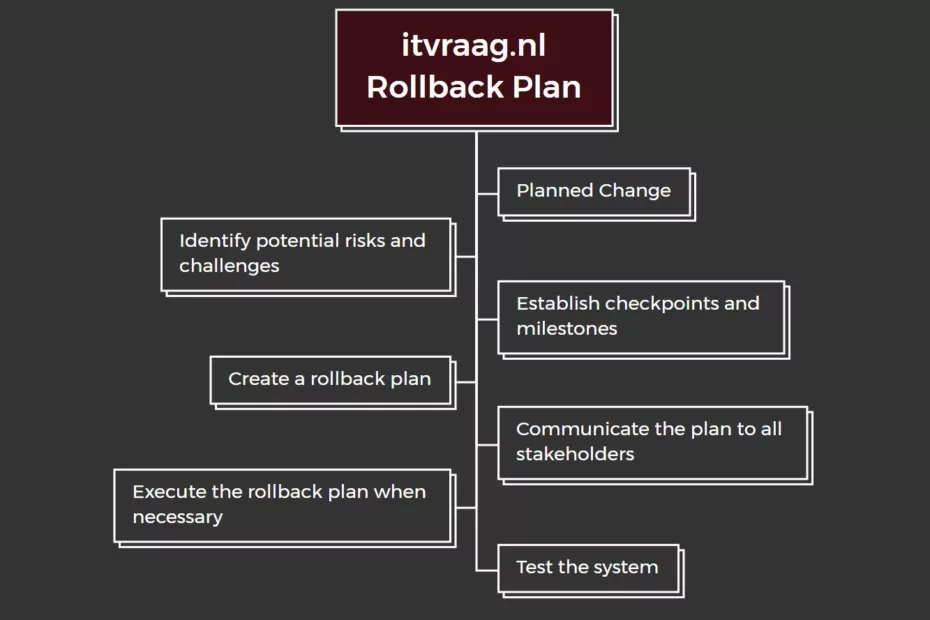Kanban and Scrum: Which One is Right for You?
TLDR; Kanban and Scrum are both popular agile methodologies that can improve project management for IT professionals. Kanban emphasizes visualization, flexibility, and continuous delivery, while Scrum emphasizes teamwork, collaboration, and iterative development. Choosing the right methodology for your team depends on factors such as project requirements, team preferences, and available… Read More »Kanban and Scrum: Which One is Right for You?










